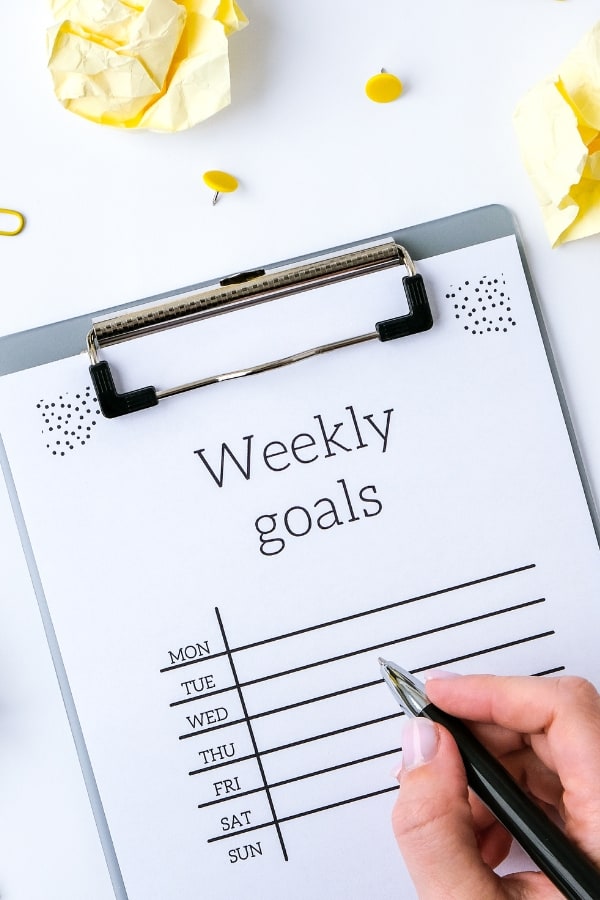
Whether you’re looking to add a bit of color and sophistication, a pop of inspiration, or simply something to make you smile; printables are an affordable and easy way to do just that.
However, as for you, if it’s your first time making printables, the process can be challenging and bothersome.
Therefore, we’ll go through the basics of creating, planning, and printing, your own printables and provide some excellent tips so that you can start producing some beautiful and engaging content.
So, let’s get started!
1. Start With Drawing the Designs
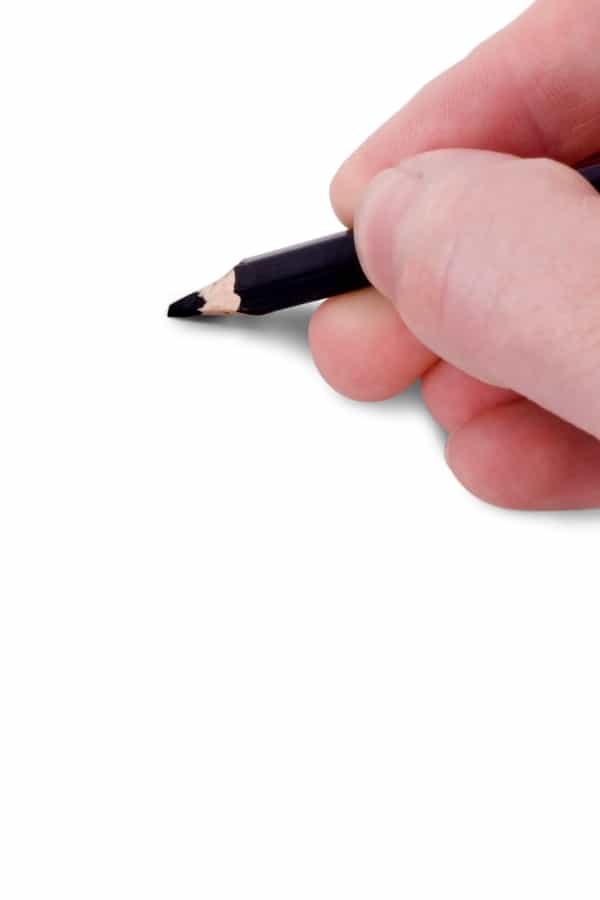
For first-timers making printables, drawing the designs yourself is an excellent way to start.
So, start by deciding what kind of design you want to create, such as a poster, greeting card, or something else. If you design something different, you may take inspiration from drawing ideas for beginners from artincontext.org.
Then, draw out the design on paper, thinking about the visuals and layout. Remember to consider the size and shape of the design and the elements that will be included.
And that’s it! Designing your own printables can be as fun and rewarding as printing, allowing you to personalize your creations. Plus, it can get you started manually, even when unsure of how to use graphic design software for design purposes.
2. Use High-Quality Papers
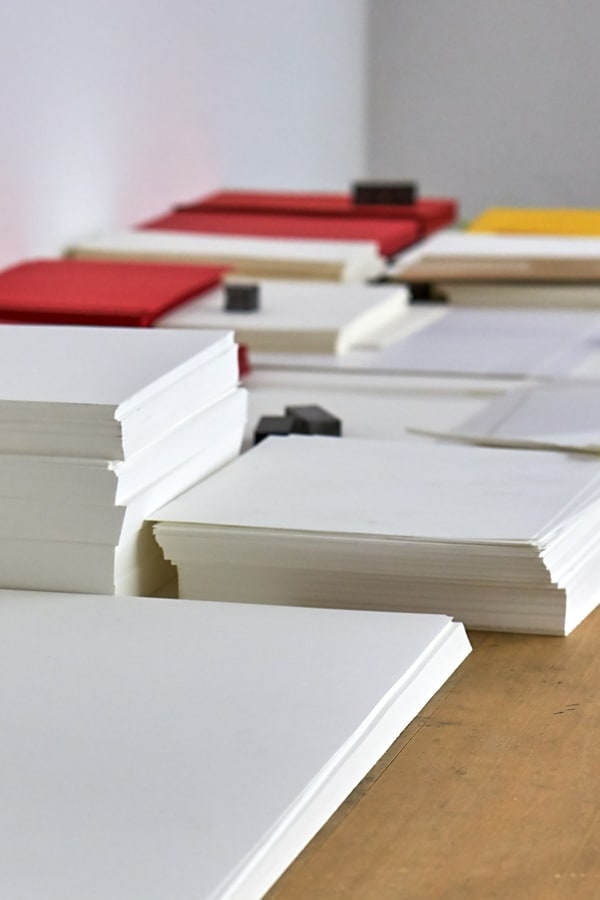
Creating printables is an exciting endeavor, but it also requires attention to detail, such as using high-quality papers for printing.
Not only does this give a professional and polished look, but it also ensures the finished product is durable and can withstand regular use.
For instance, premium papers, such as those with a heavier weight, matte finish, and bright white color, help produce vibrant colors and sharper text.
Additionally, the paper’s surface should be smooth to ensure that the inks do not smudge or leave behind a residue. And if a glossy finish is desired, look for papers with a higher shine.
On a note, it is crucial to consider the cost of paper when making printables, as premium-quality paper is pricier. However, the investment is worth it for the longevity of the product and the professional results it will yield.
3. Choose the Right Printer for Your Home or Lab
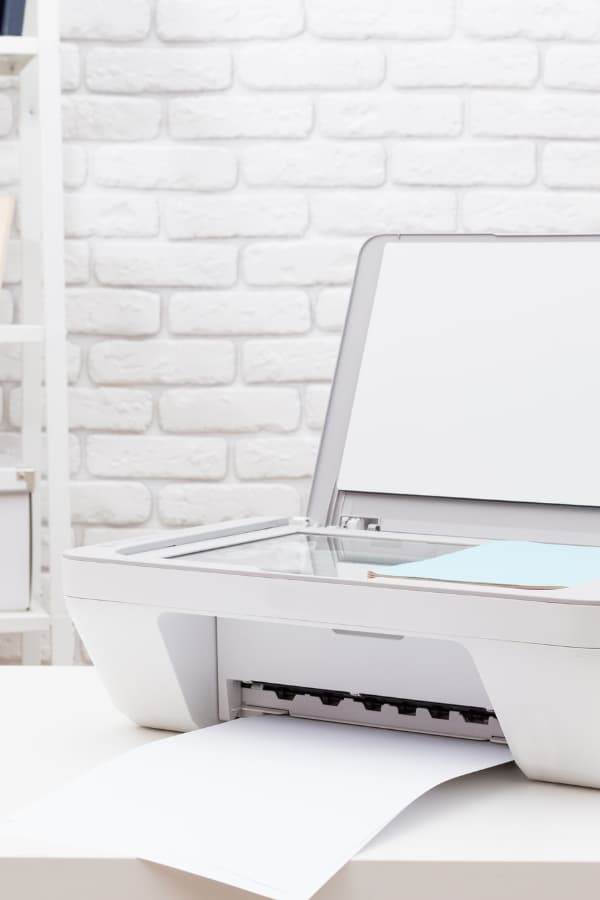
For beginners making printables, you might wonder which printer best fits your task. When making this decision, a few things to consider include budget, size requirements, print quality, etc.
– Budget
Budget is often a critical factor in choosing a printer, as prices can vary widely depending on the features and capabilities you need. However, if you’re looking for a basic printer for your home, you can find options that start under $100. However, you’ll likely need to spend more money if you need a printer with more advanced capabilities, such as printing on different materials.
– Size
If you only need to make small prints occasionally, then most regular home printers will work fine.
However, if you want the printables to be large, you’ll need to invest in a larger commercial printer or find a printing service that can provide this capability.
– Features
An Inkjet printer will do the trick if you’re primarily interested in making simple black-and-white designs.
But a laser printer will give you better results if you want to venture into more complex territory – say, adding color or patterned backgrounds.
Also, ink can be one of the most significant costs associated with printing, so choosing a printer that uses ink efficiently is essential.
Look for a printer with individual ink cartridges, so you only have to replace the colors you use most often.
And if you’ll be doing a lot of printing, look for a printer with high-yield cartridges to save money eventually.
– The Printer Speed
Check out the speed of your printer depending on how often you plan to use it. If you need your prints quickly, look for a printer that can produce them at high rates.
Furthermore, an all-in-one printer will suffice if you dabble in the printable world. But making printing a regular part of your creative process might be worth investing in a higher-quality machine that can handle larger quantities.
– Connectivity
Most printers today connect to your computer via USB, but some also offer wireless connectivity. So if you want the freedom to print from anywhere in your home, look for a wireless printer.
4. Print at High Resolution
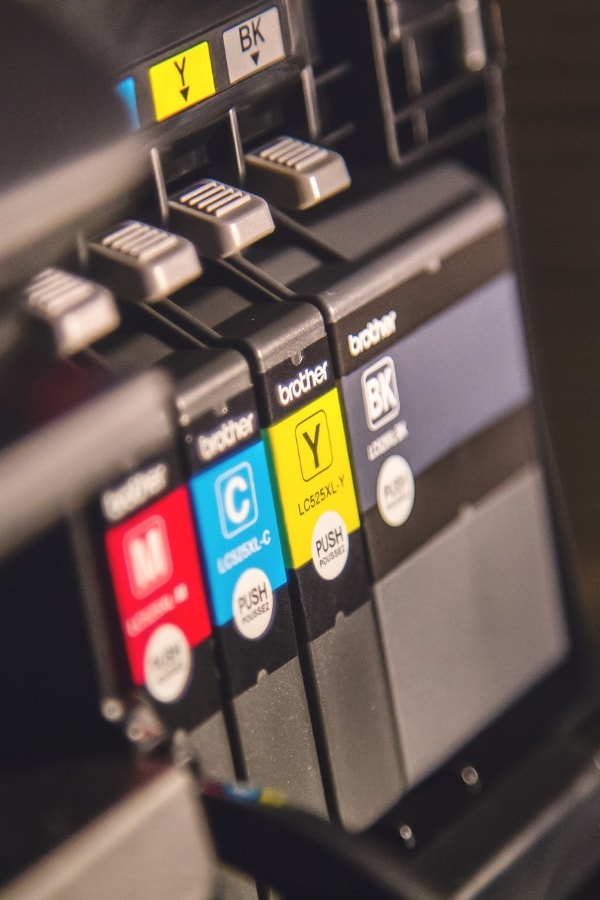
If you are just starting out, it is vital to ensure you print at a high resolution to get the best quality.
A good rule of thumb is to use a large image size and the best-quality file type. Aim for 300 dots per inch (DPI) or higher. This means the printer can output tiny details in the image, giving you a sharper printed photo.
Then, be sure to adjust the settings on your printer to match the type of paper you are using; glossy paper needs different settings than plain paper.
Additionally, it is best to submit the highest-resolution files possible if you send your printables out to be professionally printed.
Taking the time to ensure your printables are printed at high resolution can help you create beautiful, professional-looking products that your customers will be proud to use.
5. Read Your Printer’s User Manual
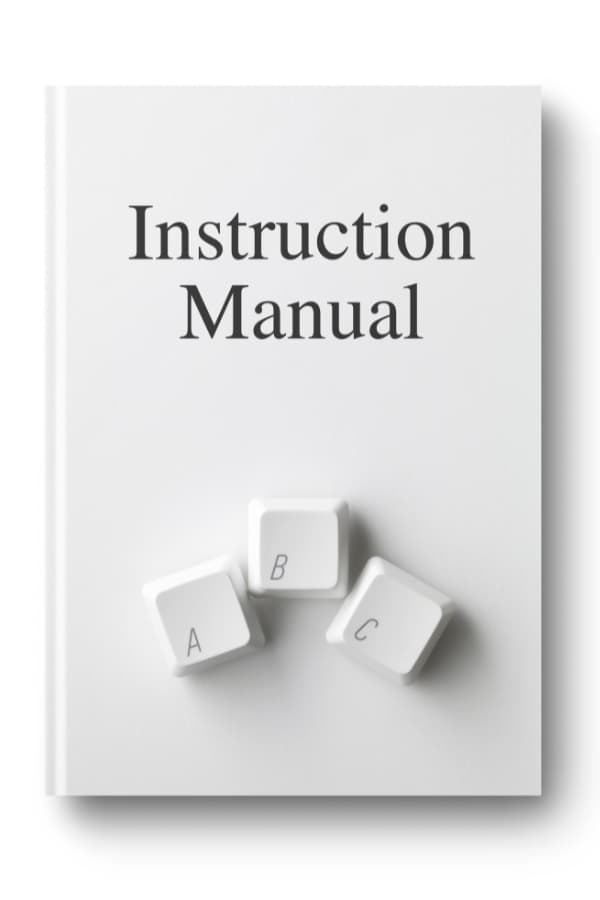
Experienced printable makers usually have a good handle on their printers. However, those new to the craft may find reading their printer’s user manual beneficial.
Doing so can help you better understand the capabilities of your printer’s capabilities and provide helpful tips and tricks for optimal printing results.
This will enable you to save time & expense while ensuring the finest possible design for your printouts.
6. Include Unique Typography
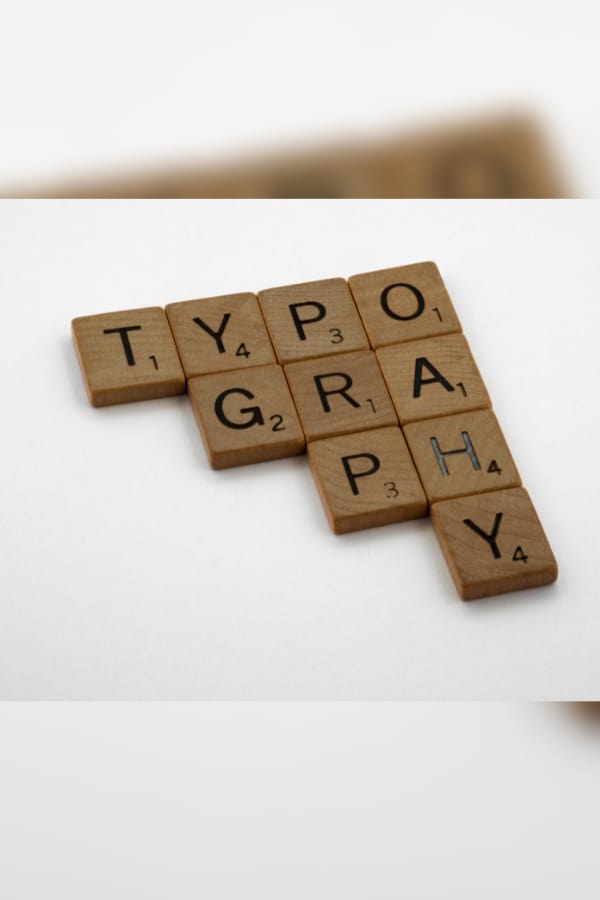
Keeping the design clean and legible is key to creating a unique printable. So, begin by selecting an eye-catching font that stands out and complements the overall design.
Researching different fonts and playing around with different typefaces can help in this case. Additionally, utilizing a range of typography styles can help create contrast and a dynamic and visually appealing printable.
Also, carefully consider the type’s size, spacing, and color to ensure the printable is aesthetically pleasing and easy to read.
Lastly, ensuring there is enough white space and the text is easy to read will help produce a professional-looking design.
7. Utilize Clip Art
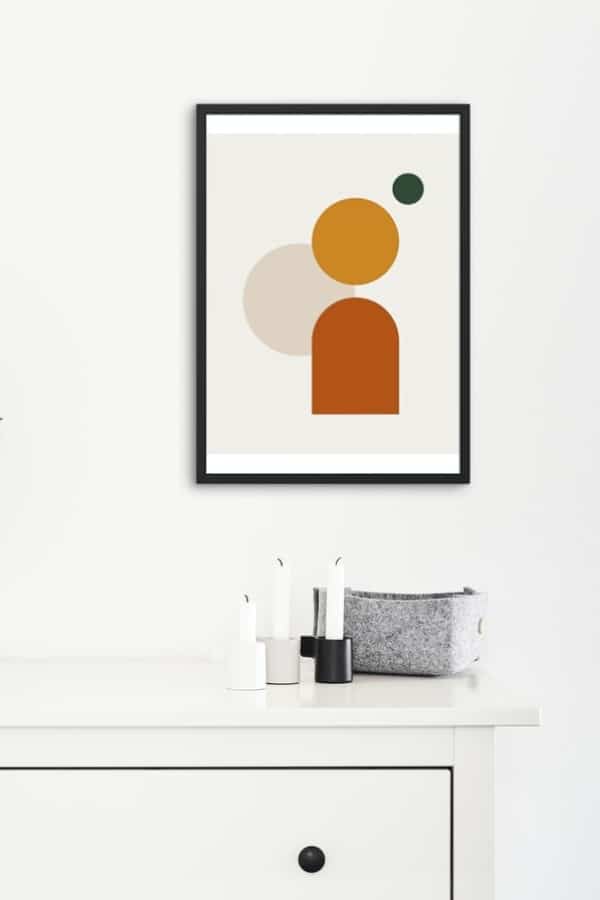
The clip art is a great way to add some extra flare to your printables. It adds some visual interest and can also help to convey the tone or message you’re trying to communicate.
Whether you’re making thank you cards, birthday cards, or just general notes, clip art can be a great way to make your printables stand out.
Additionally, it’s important to remember that clip art should be used to supplement or complement the content of the printables – not to be the main focus.
However, tons of free clip art resources are now available online, so there’s no excuse not to take advantage of them! With a few clicks, you can have all the clip art you need to make your printables look amazing.
8. Use Apps to Design Printables

There are many different apps for designing printables. Both free and paid options are available. But what is the difference between the two?
The answer is quality. Free apps often have limited features and options, making your printables look amateurish. Paid apps, on the other hand, have a lot of high-quality features and options that will make your printables look professional.
So if you want to create printables that look great, it’s worth investing in an app to serve the purpose and quality of your desired printables. There are plenty of options, so you’re sure to find one that suits your needs and budget.
9. Include Your Own Copyright Information
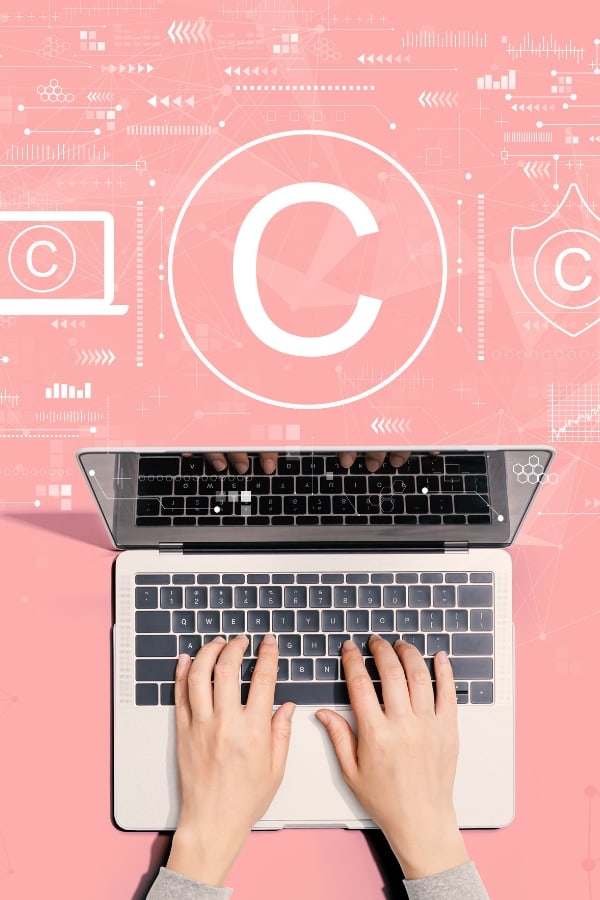
When creating printables, consider adding your personal copyright information! Not only will it help protect your work, but it will also give credit where it’s due. Here are a few tips on including copyright information on your printables:
- A copyright disclaimer should be placed at the bottom of each page.
- Use watermarks to protect your work.
- Add your name and website address to each printable.
- If you plan to share your work online, ensure saving it as a PDF first.
- Use a free online service like Canva to create and share your printables.
By following these simple tips, you can ensure that your printables are protected and that you receive the credit you deserve!
What Kind of Printables Can You Make?
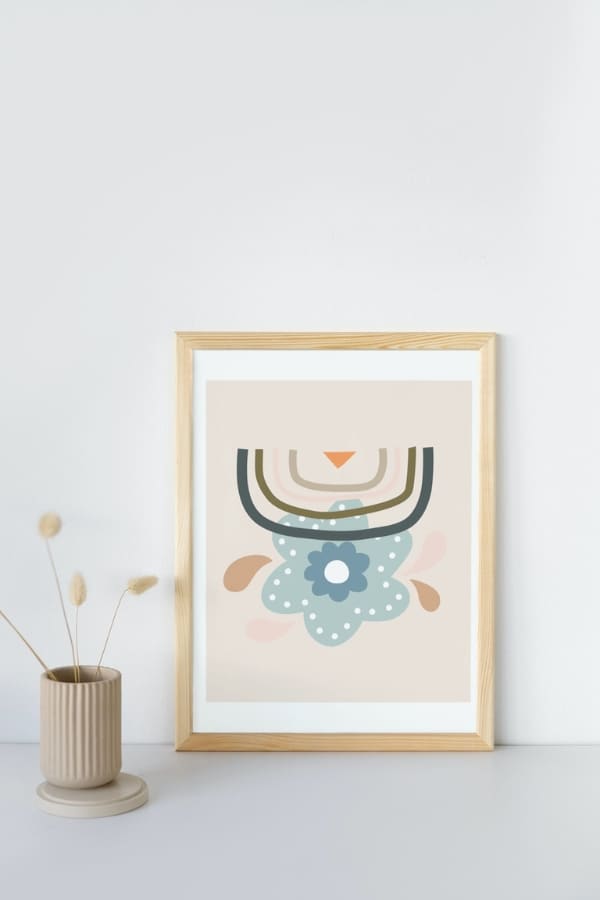
There are all sorts of printables that you can make to help persuade your audience. There are plenty of ways to get your point across, from infographics to charts and graphs using printed materials.
Let’s explore some of the most common printable formats and how you might benefit from them.
One of the most popular types of printables is the infographic. Using colors, images, and text, you can convey a lot of information in a concise and easy-to-understand format.
Another type of printable is a chart or graph. These visuals can help your audience understand complex data or concepts more quickly. So, include them in your printables too.
There are plenty of other types of printables, too, such as posters, flyers, business cards, journals, etc. If you’re creative, there are endless possibilities for persuasion through printables!
Conclusion
Creating printables is a great way to express yourself creatively. Whether it is your first time making printables or you are always a pro at design, it’s easy to get started, and there is a lot of room for experimenting and growing your skills.
Therefore, in this article, we shared a few crucial tips to help you get started on printables and make them in any format, size, and design you want.
So, what are you waiting for? Start working on your first printable project today, and remember to have fun with it!
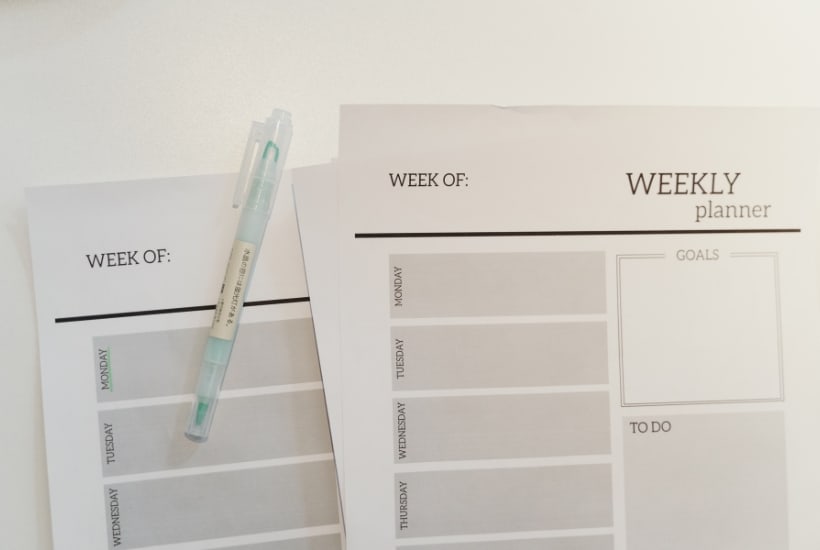
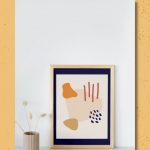
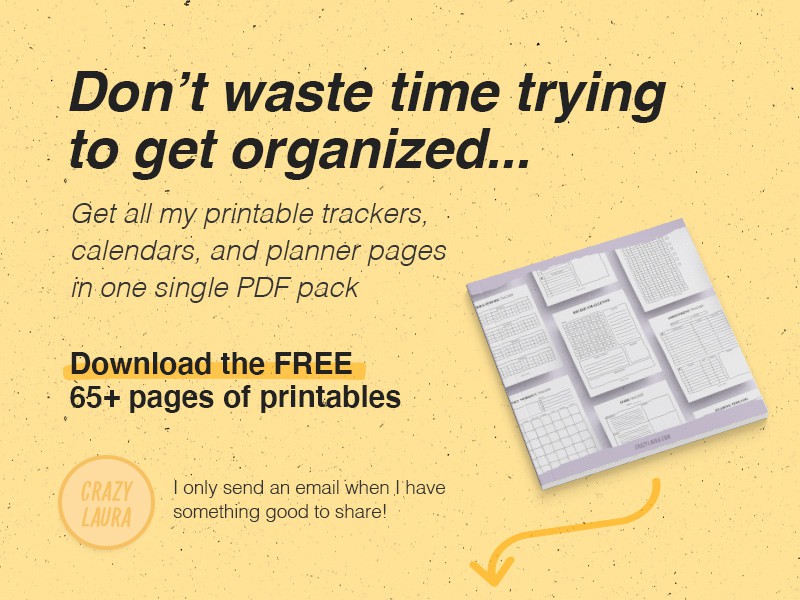
Leave a Reply